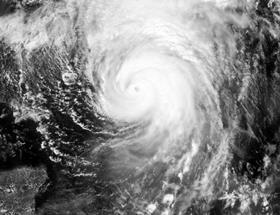
Hurricane Irma has been downgraded to a tropical storm as it moves further inland across the southeast US, leaving a trail of destruction in its wake that is yet to be fully assessed.
Irma, which made landfall in Florida on Sunday (10 September) as a category four hurricane, has left flooding in parts of the state, including Miami, while some 3.4m homes are without power.
In terms of preparing for the storm, Shelley Rossiter of industry body Florida Citrus Mutual pointed to a resource on the University of Florida website that outlines how to prepare citrus groves ahead of such an event.
The site suggests that while little can be done to protect trees and fruit from wind, growers should take steps to protect the people, equipment, and supplies that are be needed in the recovery process to include adequate insurance for groves, buildings, and equipment.
The resource adds that a category four storm – the strength of Irma when it first struck the US mainland – would see 'trees stripped of all foliage and fruit, many trees blown over and away from property'.
It is not known how the Florida citrus industry forecast will be impacted by the weather system, with the first official forecast of the season due on 12 October.
'We won't speculate on any potential impacts Hurricane Irma may have on the Florida citrus industry as the storm has not yet passed through our state,' Rossiter told Fruitnet.
Many fresh produce companies in the area closed operations in anticipation of the storm, including Ayco, which fully closed its operations and noted it was 'preparing for the worst and hoping for the best results'.
Ports also battened down the hatches, with every Florida port along the Atlantic coastline shutting its gates by close of business on Friday.






No comments yet